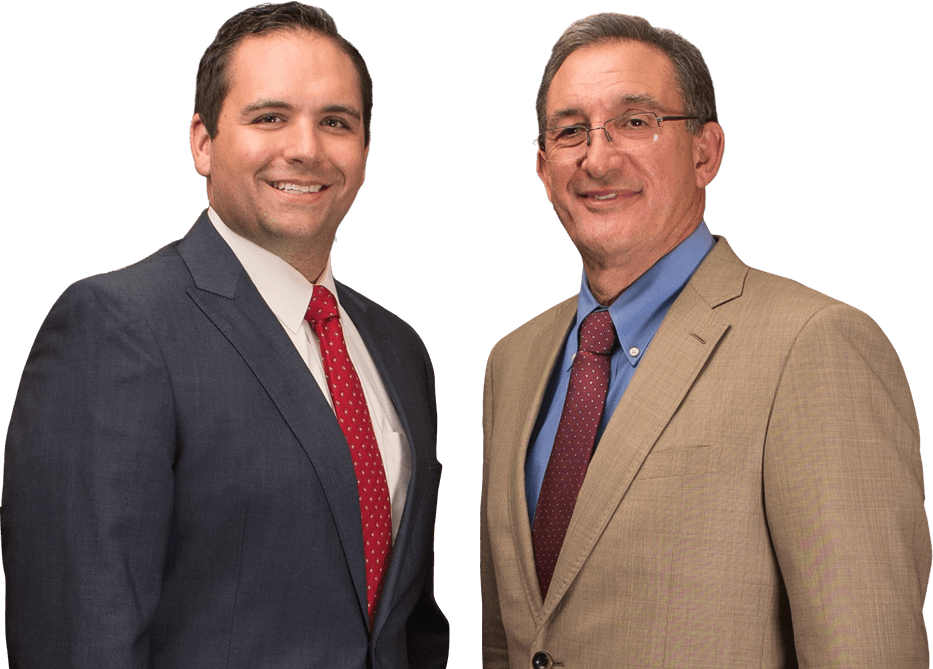
Just like a twist in your favorite thriller, navigating car accident settlements when you have pre-existing neck and back injuries can be full of surprises. In this guide, we’ll unravel the complexities, making sure you’re equipped to handle the legal labyrinth. Think of it as your personal GPS through the daunting world of legalities and medical jargon.
Picture this: your spine is like a carefully maintained classic car. It’s got some mileage, sure, but it’s in good shape. Then, boom – a car accident happens. This collision can be the equivalent of a Hollywood stunt gone wrong, exacerbating your pre-existing conditions. We’ll delve into how these incidents can turn a manageable condition into a major plot twist, and what that means for your legal case.
In the world of car accident claims, your medical records are like gold. These documents are your proof, your shield, and your sword in the courtroom. It’s crucial to have a detailed history of your neck and back issues, much like keeping a detailed log in a space mission. We’ll guide you on how to compile and present this evidence, ensuring your pre-existing conditions are as well-documented as a National Geographic documentary.
Navigating the legal aspects of car accident settlements is akin to playing chess with Bobby Fischer – you need a strategy, foresight, and an understanding of complex rules. In this section, we’ll break down the legal challenges you might face, including proving the extent to which the accident aggravated your condition. It’s about making your case with the precision of a surgeon in ‘Grey’s Anatomy’.
Here’s where the superheroes in suits come in – your WV car accident lawyers. They’re the Harvey Specters of the legal world, armed with knowledge and strategies to ensure your settlement isn’t as disappointing as the finale of ‘Lost’. We’ll explore how these legal eagles can turn the tides in your favor, from gathering evidence to negotiating with insurance companies.
Determining the settlement amount for neck and back injuries in car accidents is not straightforward. It’s a complex calculation, much like trying to solve a Rubik’s Cube. This section will walk you through the factors that influence settlement amounts, including medical costs, lost wages, and pain and suffering. Think of it as your personal calculator, but for legal settlements.
Post-accident life can often involve continuous medical care, making your daily routine feel like a medical drama series. This section provides advice on managing your long-term health, including dealing with insurance claims and finding the right treatment options. It’s about taking control of your narrative, ensuring your story has a positive arc.
Recovery from neck and back injuries is a journey, and choosing the right path is crucial. Here, we’ll explore various rehabilitation and therapy options. Whether it’s traditional physiotherapy, alternative treatments, or innovative therapies, we’ll guide you through these options like a tour guide in the wilderness of medical care.
Absolutely! Having a pre-existing condition doesn’t disqualify you from claiming compensation. The key is to show how the accident worsened your existing condition. This is known as the “eggshell plaintiff” rule, meaning the defendant must take the plaintiff as they find them, pre-existing conditions and all.
Insurance companies typically review your medical records before and after the accident. They look for evidence of changes in your condition that can be directly attributed to the accident. Be prepared, though – insurance companies often try to argue that the changes are due to pre-existing conditions, not the accident.
Medical experts are like the guest stars who can turn the whole episode around. They provide professional opinions on how the accident may have aggravated your pre-existing condition. Their testimony can be a game-changer in how your settlement is calculated.
Documentation is your best friend here. Keep a detailed record of your medical history, including doctor’s visits, treatments, and how your condition has impacted your life. After the accident, continue documenting any changes in your condition and treatments received as a result of the accident.
It can. The compensation usually reflects the degree to which the accident worsened your pre-existing condition. If it’s proven that the accident significantly aggravated your injury, you may be entitled to a higher compensation amount. It’s all about showing the contrast between your pre-accident and post-accident conditions.
Definitely. Full disclosure with your lawyer is crucial. They can only craft a winning strategy if they have all the facts. Hiding your pre-existing condition can backfire and harm your case.
That’s a tricky plot twist. If you were unaware of your condition before the accident, it’s essential to gather as much medical evidence as possible post-accident. This will help in establishing a baseline and showing how the accident may have brought the condition to light.
The timeframe, known as the statute of limitations, varies by region. Generally, it’s a few years from the date of the accident, but it’s best to consult a lawyer as soon as possible to ensure you don’t miss any deadlines.

Attorney Timothy Manchin established the Manchin Injury Law Group in 2011 after his law partner of more than 25 years became a West Virginia circuit court judge. His focus is on helping individual clients and entire families victimized by negligent acts.
We offer a free initial consultation at our office in the Manchin Professional Building — our home since 1983 — conveniently located in Fairmont.
If you are unable to visit our firm, we can come to your home or hospital room.
Fill out the form below to get in touch!